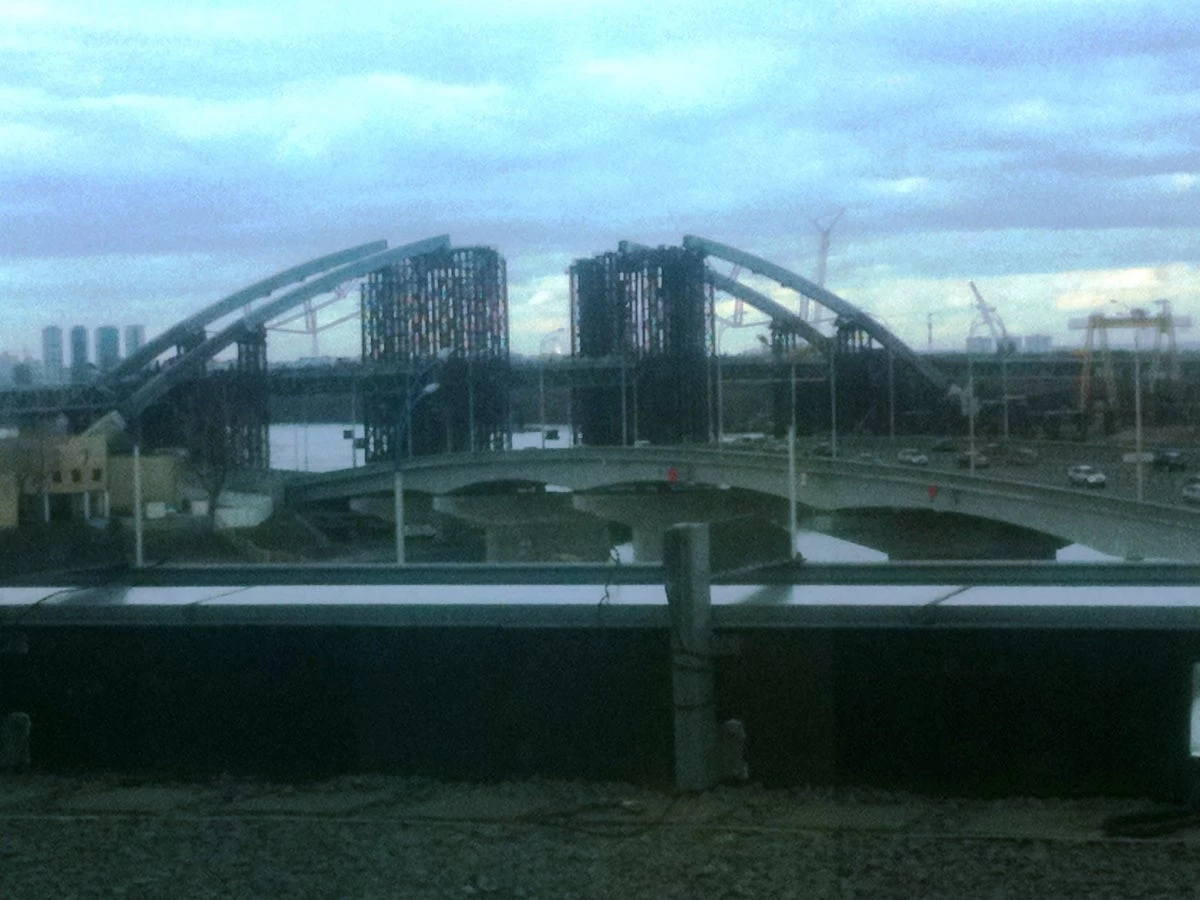
I was particularly interested in how construction contracts are broken up before they’re bid out, especially if a public-private partnership (PPP) transaction is involved. Some governments prefer to issue one gigantic contract in a winner-take-all scenario. But if the job is too big, it limits competition to very large firms. On the other hand, if the same job is broken into several smaller contracts, then more firms have the resources to compete and costs are generally driven down.
Chennai’s new metro system, due to open in 2015, demonstrates this idea. The Managing Director of Chennai Metro Rail System Ltd. explained that the number of contracts in a major project should be big enough to encourage competition while still being manageable. They settled on 22 contracts for the $4 billion project, which ensured manageability, competition, and timeliness.
So what about Poland and Ukraine? There are many stories to tell, but let’s look at highway construction contracts for starters. According to an article in the Kyiv Post, Poland broke up its highway contracts into smaller packages, which increased competition and reduced costs per kilometer of highway by 30 percent over three years. Polish, European and even Chinese companies have been building parts of the highway; and for at least some of it, public-private partnerships brought in valuable private sector expertise. In Ukraine, however, most work was given out to two firms—including one financially-challenged state-owned firm—at a staggering $6 million per kilometer, costing more than it would in the United States.
All this has made me curious about how governments determine the optimal number and size of contracts in large infrastructure projects. If you’ve had experience in working out these kinds of issues, please leave a comment and share your experience.
For further reading, see issue #4 of Handshake: Cities and PPPs.


Join the Conversation